In the early 1990’s I began to remember my childhood passion for chess, sometimes playing through the night with a friend living close by, and had become aware that IBM had been designing chess computers to play the world Grandmaster’s at the time. Gary Kasparov played against ‘Deep Thought’ in 1989, which became ‘Deep Blue’ which he played in 1996, each time beating the machine. In 1997 he played a heavily upgraded ‘Deep Blue’ which beat him, and he suggested he sometimes saw ‘deep intelligence and creativity’ in the machines moves, which led to some suspicion about the result. None the less in 1993/94 I had been thinking about ‘sentience in machines’ for a while, and this coincided with a new viewing of ‘2001: A Space Odyssey’ by Stanley Kubrick in which HAL the mainframe computer during the space mission begins to kill some of the sleeping astronauts going against Issac Assimov’s first law of robotics: ‘A robot may not injure a human being’, again raising the issue in my mind of ‘conciousness’ or self-awareness in advanced machines.
So between 1994 and 1997 I travelled around the world to the highest technology sites, Cern Geneva, NASA Houston, FermiLab Chicago, Max Planck Institute Berlin etc, making ‘Portraits of Machines’ as I felt we needed to begin to think of ‘Intelligent Machines’ potentially having a ‘socialogical presence’ in society. This followed from the understanding that traditionally portraiture has been used to either document an ‘existing’ social class, or an ‘emerging’ one. Two of the images, the ‘Gravity tower’, and the ‘Survey trolley’, have a different reference role here: to win new understanding, we always have to ‘pull away from the gravitational pull of what we know already’, and the ‘survey trolley’ image was made at Cern, where our understanding of the nature of the universe has been ‘upended’ by the systematic ‘surveying, and then challenging’ of our understanding of ‘the nature of reality’.
Peter Fraser
Deep Blue
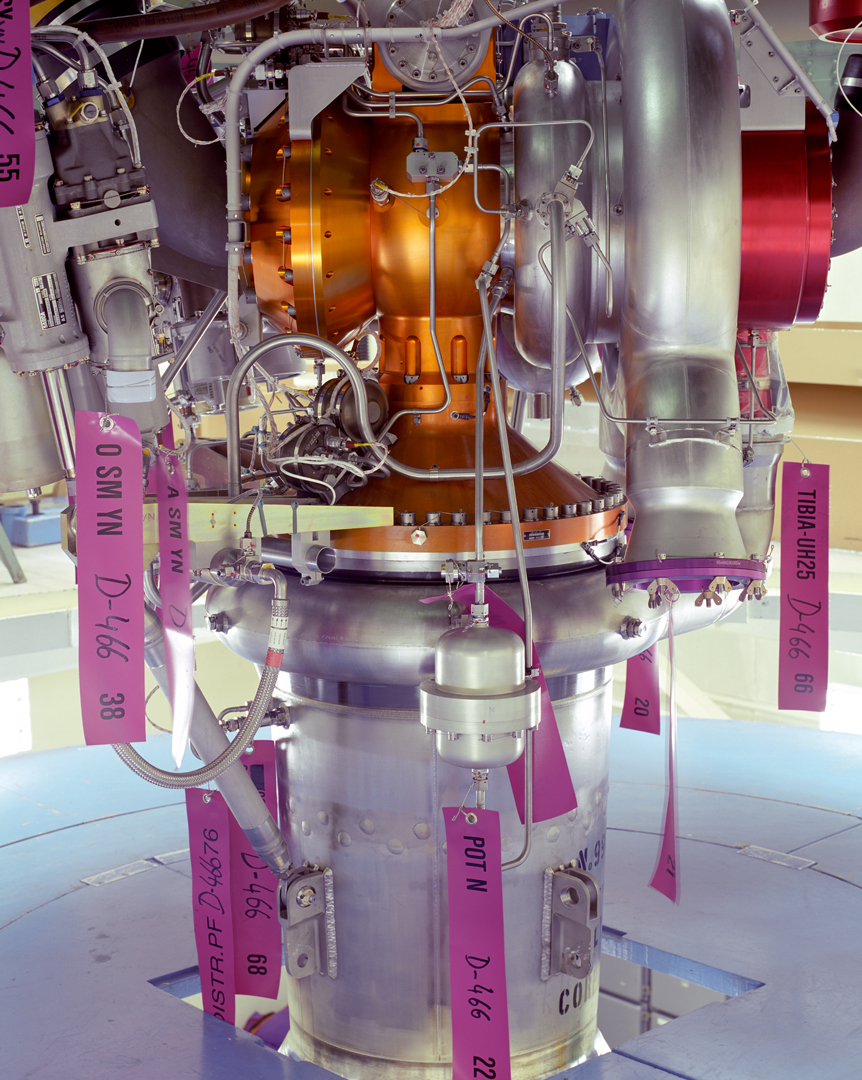
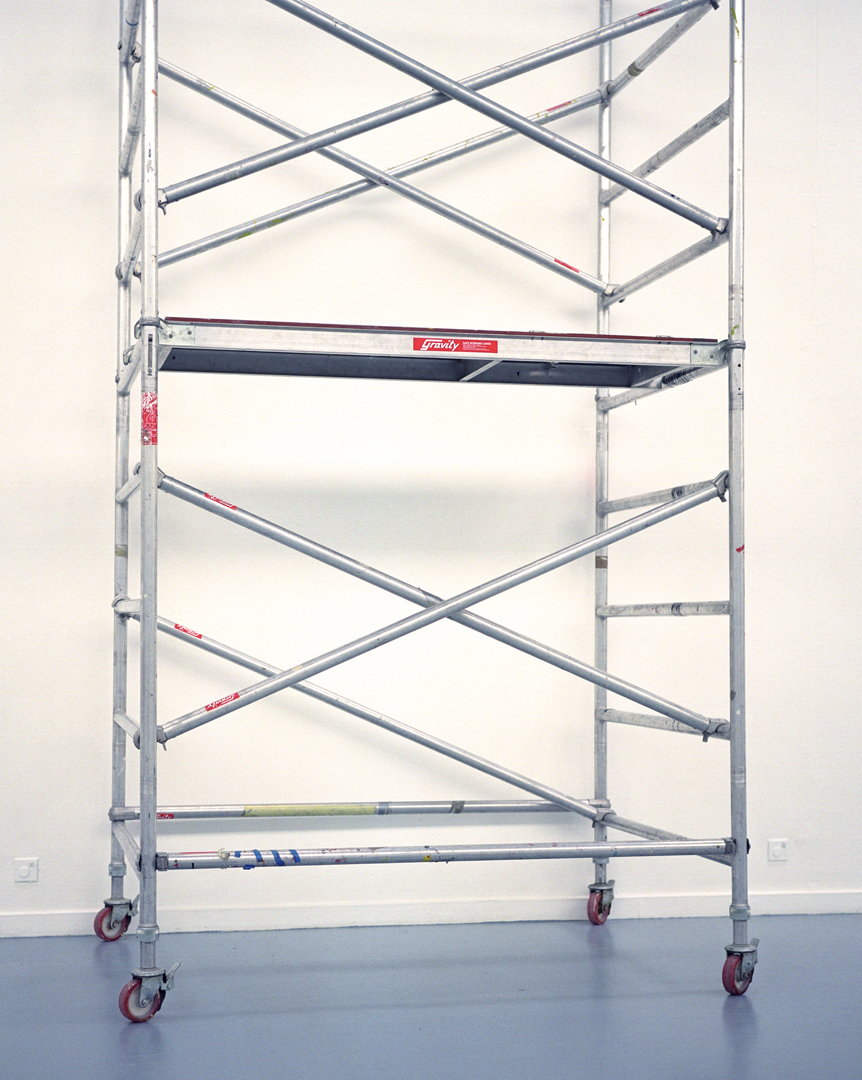
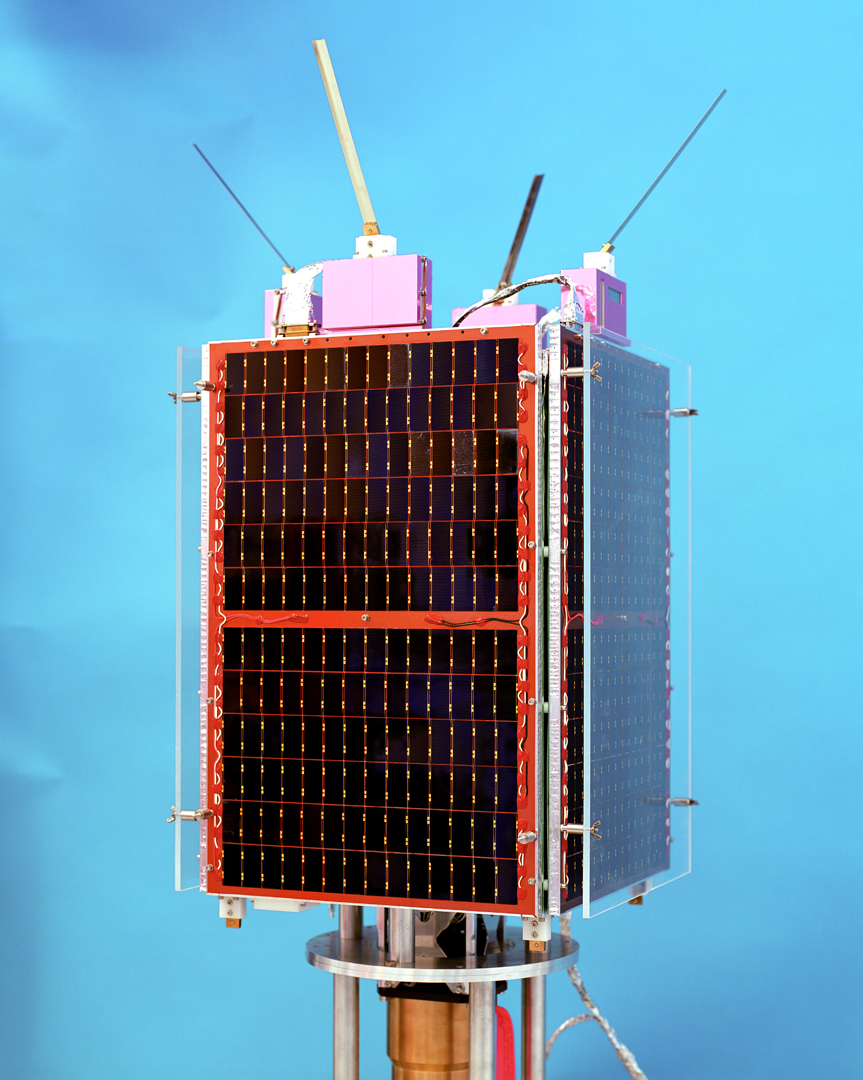
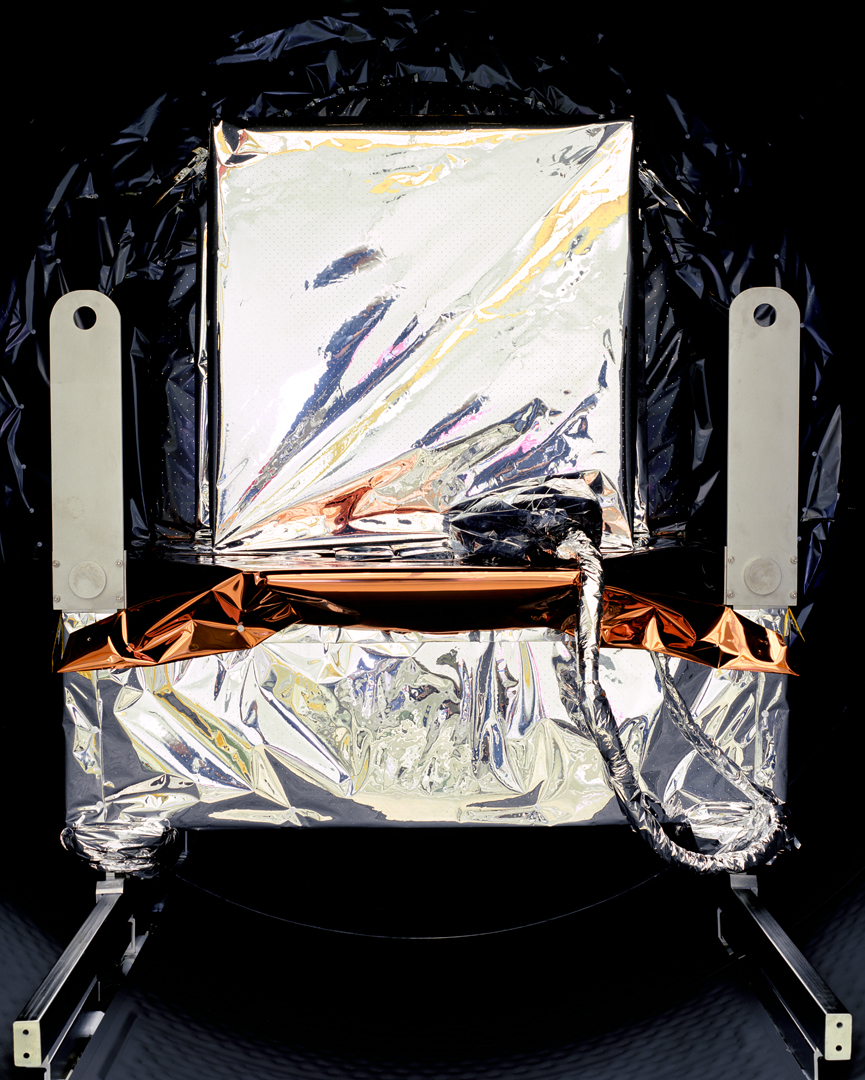
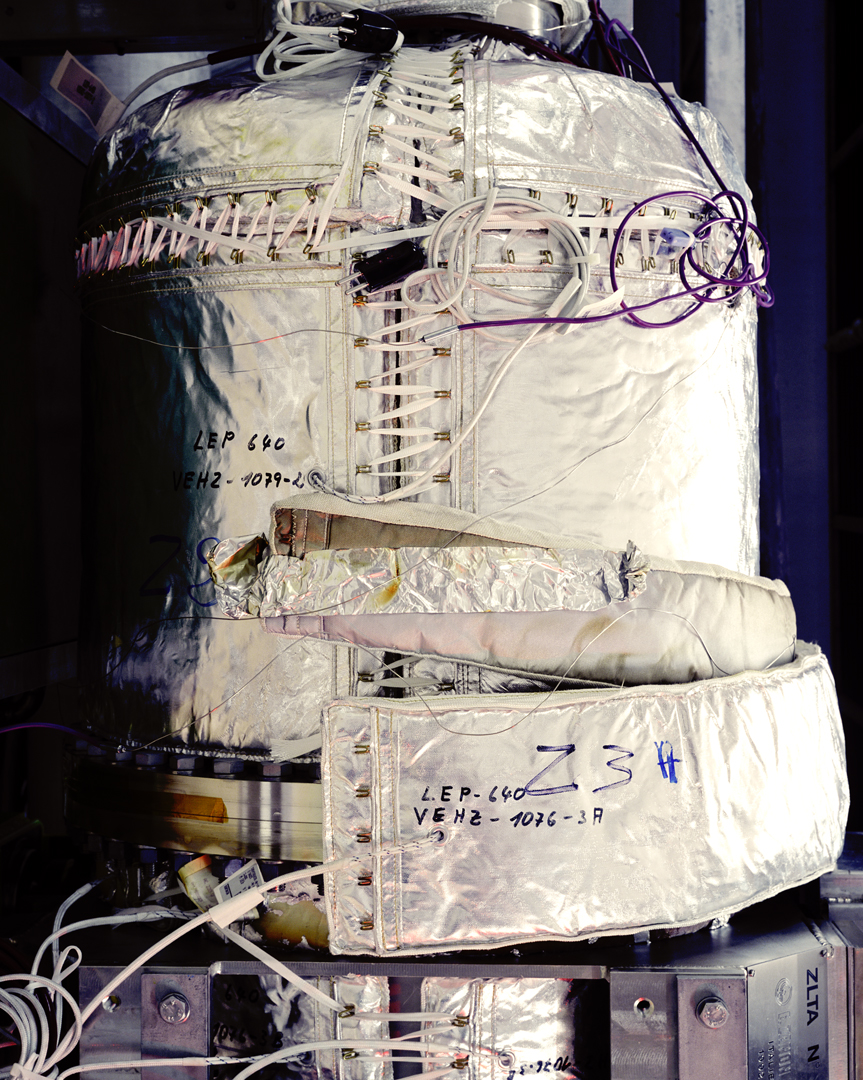

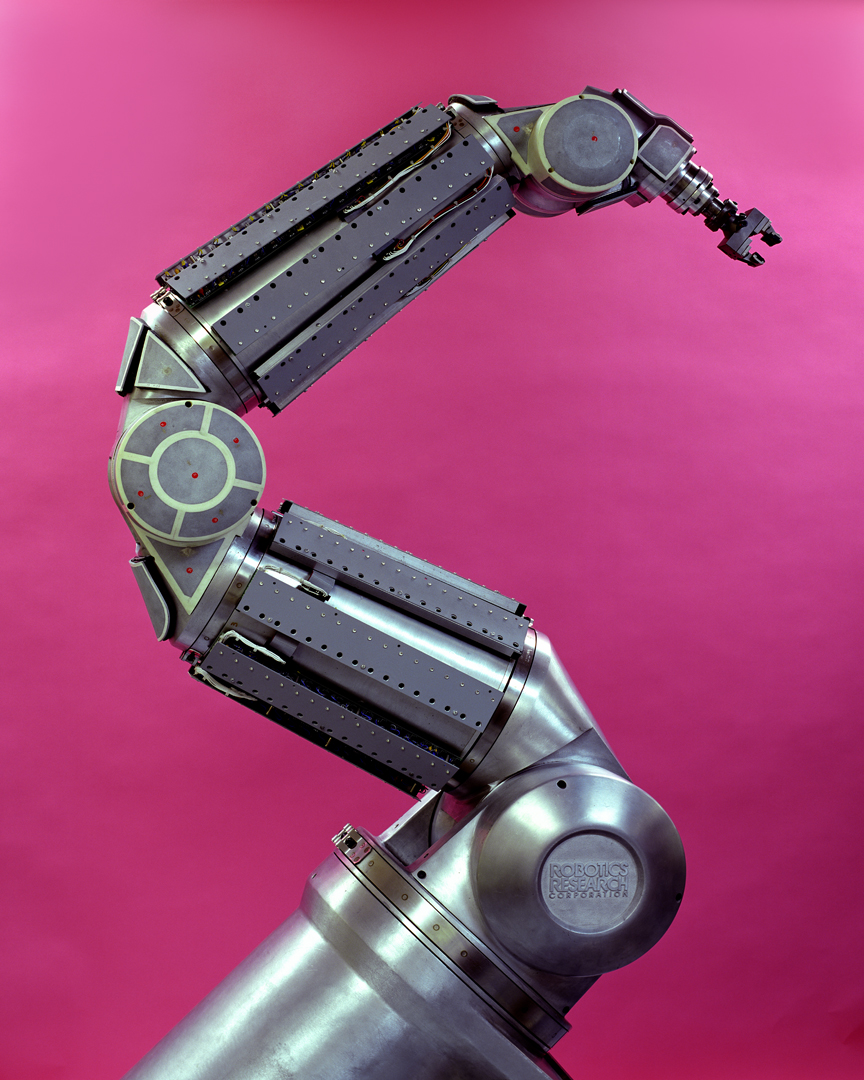
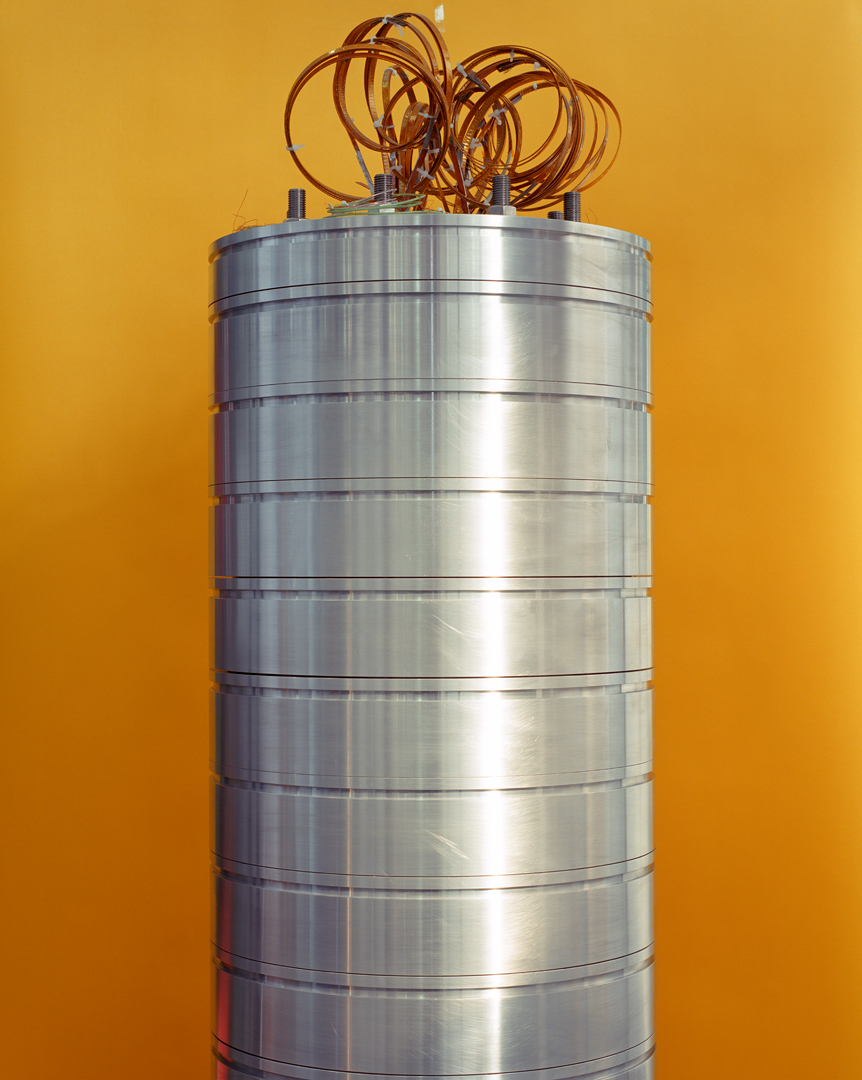
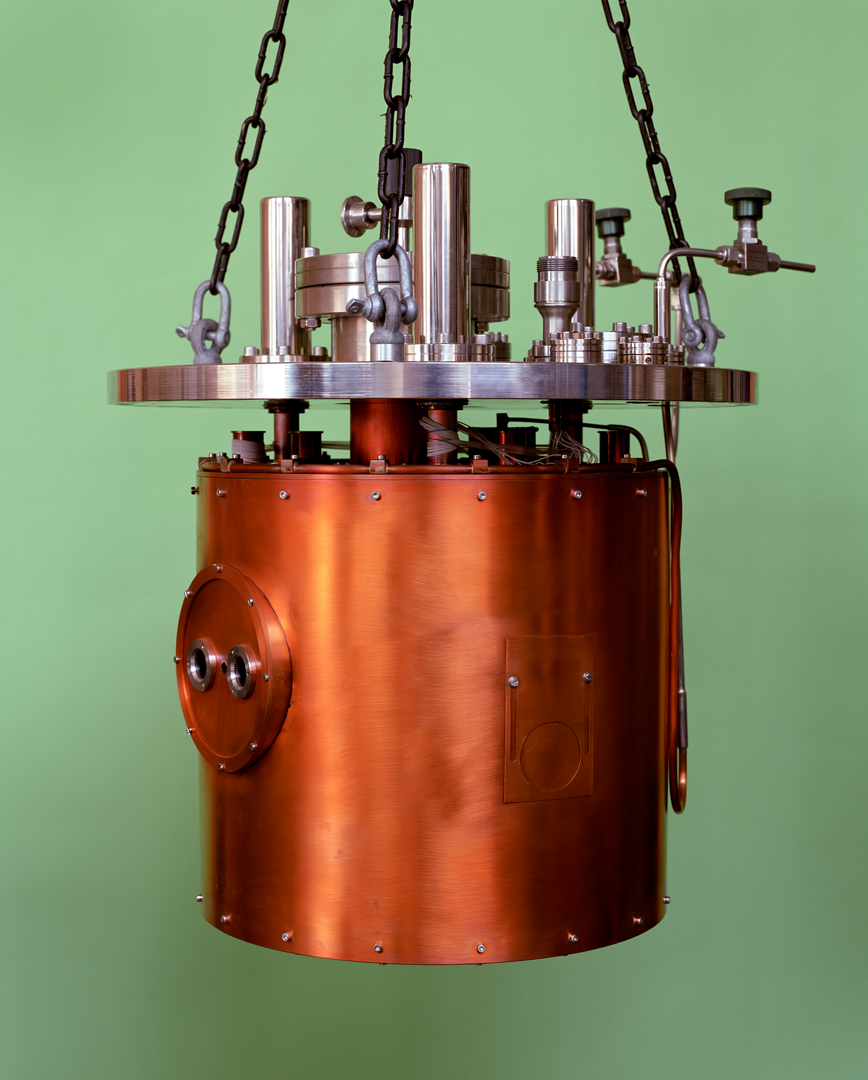
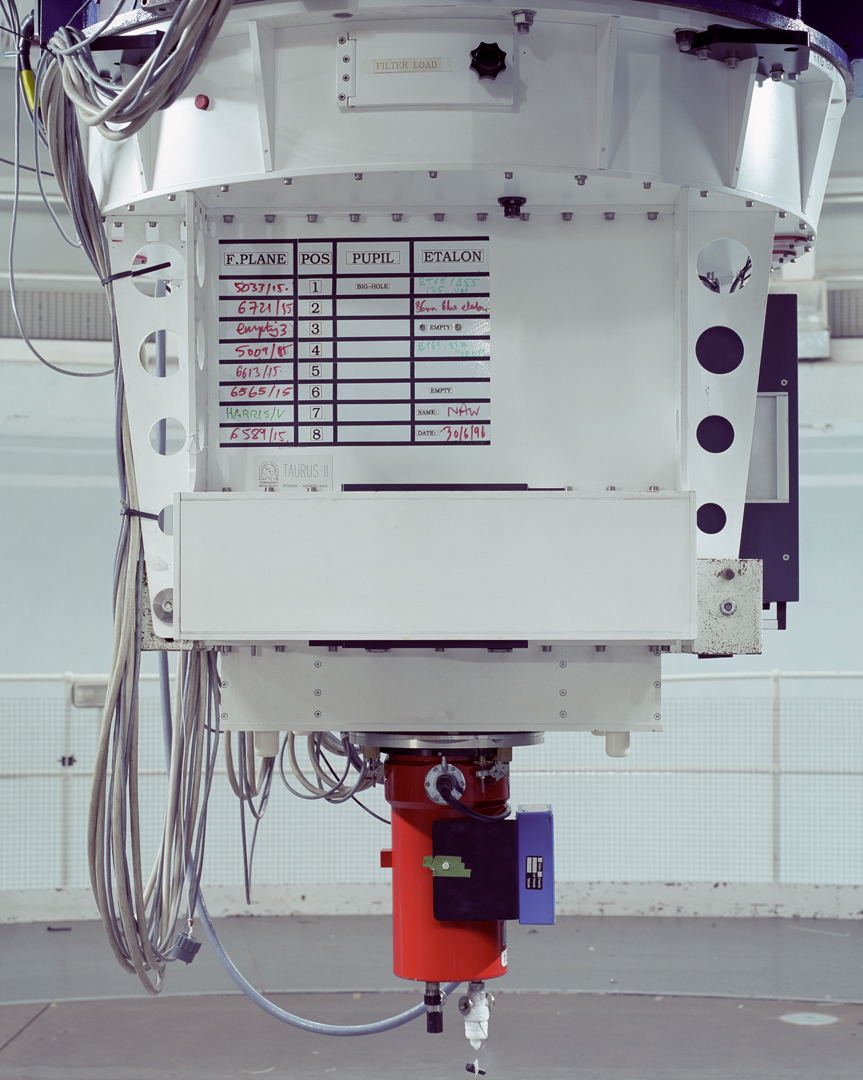
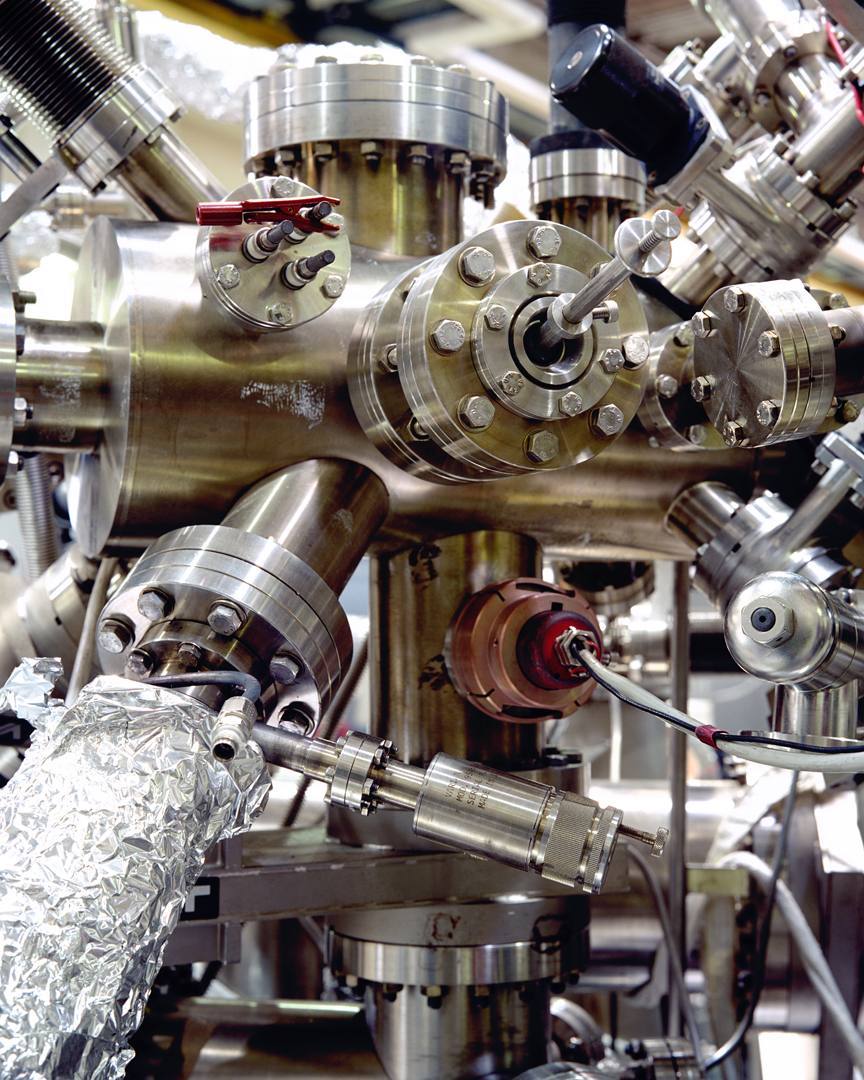
All images © courtesy of Peter Fraser
